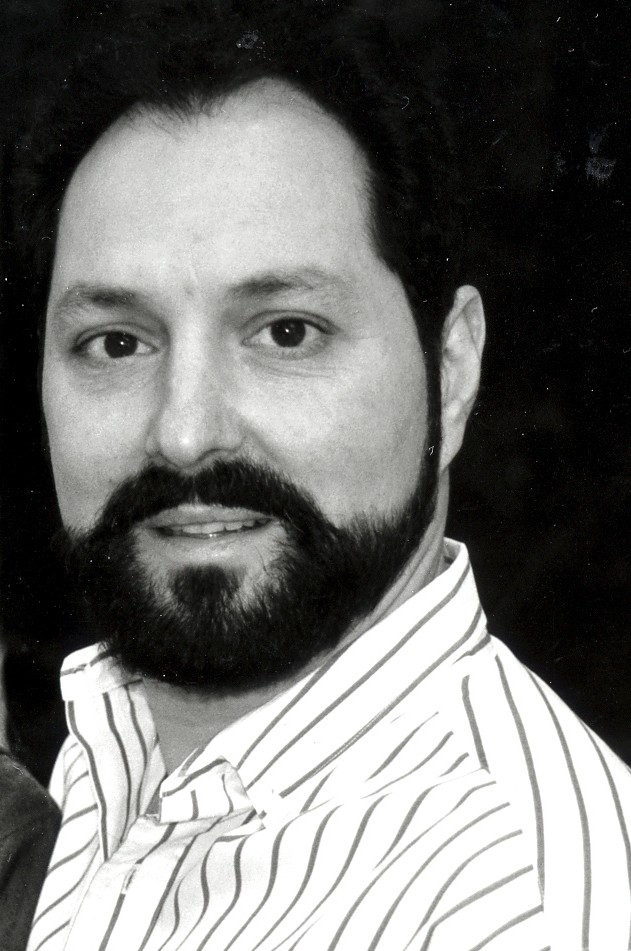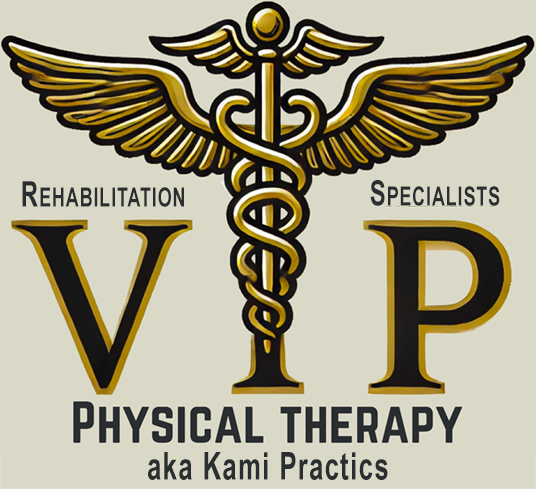Lymph Drainage Therapysm (LDT)
Fluid Dynamics: A hidden key to health and longevitysm F
The Importance Of Lymph Drainage For Good Health
The proper functioning of the lymphatic system is critical to our body’s ability to drain stagnant fluids, detoxify, regenerate tissues, filter out toxins and foreign substances, and maintain a healthy immune system (Asdonk, 1970, Adair & Guyton, 1982). It is a complex system comprised primarily of lymph vessels and nodes working in cooperation to accomplish these tasks.
Unlike the circulatory system, which uses the pumping of the heart to circulate its blood flow, lymph vessels rely upon hundreds of tiny muscular units (lymphangions) contracting throughout the body to propel lymph flow (Mislin, 1961). These contractions enable the lymph vessels to transport numerous substances (i.e., proteins, toxins, hormones, fatty acids, immune cells) to lymph nodes, which can then process them. The action of these muscular units can be hindered or stopped, however, due to surgery, trauma, bums, infections, substantial swelling, fatigue,stress or age. When the lymph circulation stagnates, fluids, proteins, cells and toxins accumulate, and cellular functioning is significantly compromised (Adair, Guyton, 1982). This may open the way to many physical ailments and hasten the aging process.
Lymphatic drainage is a hands-on technique designed to attain and sustain proper functioning of the human fluid system. Its origins can be traced to two traditions in particular: the published research of osteopathic physicians E. Miller (1920) and F. Millard (1922), and E. Vodder, a Danish massage practitioner and doctor of philosophy (1932). Over the years, methods based on the discoveries of these pioneers have been honed, refined and expanded. Today lymphatic drainage techniques are employed as standard scientific practice throughout Europe and continue to gain recognition in the United States both from healthcare providers and national insurers such as Medicare.
The completely new enhancement of LDT is the palpation of the lymph flow- including its rhythm, quality and direction – in the different layers of the tissues. [Bruno Chikly’s] work has opened the possibility for practitioners to map the lymphatic flow, greatly enhancing the effectiveness of the work.
LDT…Taking The Techniques To A New Level
Lymph Drainage Therapy (LDT) is an original hands-on method of lymphatic drainage developed by Bruno Chikly, MD, DO. Created out of his award-winning research on the lymphatic system, LDT takes traditional lymph drainage techniques and adds a new level of precision in keeping with the latest scientific discoveries and exact anatomical science.
LDT enables practitioners to detect the specific rhythm, direction, depth and quality of the lymphatic flow. As a result, therapists can achieve profound, more precise outcomes in shorter periods of time. For clients, the process is very pleasurable and induces deep states of relaxation.
How Lymph Drainage Therapy Is Performed
The LDT process involves the use of gentle manual maneuvers to aid in the recirculation of body fluids. While the exact amount of pressure applied depends on the area and pathology involved, it usually equates to very little pressure. Using this technique, trained therapists are able to detect the specific rhythm, direction, depth and quality of the lymph flow anywhere in the body. With this skill, trained practitioners can use their hands to perform Manual Lymphatic Mapping (MLM) of the vessels to assess the overall direction oflymphatic circulation, areas of stagnation, and the best alternate pathways for draining lymph
Incorporating Lymph Drainage Therapy into my practice has added an essential component to my work. Palpating obstructions in the lymph flow gives me important diagnostic information. Resistant conditions are clearing much quicker, and patients are noticing immediate changes.”
About the Developer: Bruno Chikly, MD, DO
Bruno Chikly is a graduate of the Medical
School at Saint Antoine Hospital in France, where his internship in general medicine included training in endocrinology, surgery, neurology and psychiatry. Over the years, he was inspired to trained extensively in a number of additional disciplines: Manual Lymphatic Techniques, Osteopathy, Cranial Osteopathy, Visceral Manipulation, Mechanical Link, Muscle Energy, Strain/Counter Strain, Fascia) Mobilization, Neuromuscular Therapy, Orthobionomy, Acupuncture and Homeopathy.
Of these studies, it was Dr. Chikly’s work in traditional medicine, osteopathy and lymphology that primarily impacted his creation of Lymph Drainage Therapy. ln 1994, he earned the prestigious “Medal of the Medical Faculty of Paris VI” for his in-depth research on the lymphatic system and lymph drainage technique.
Dr. Chikly’s workshops have been conducted in France, Belgium, Brazil, Germany, Holland, Iceland, Israel, Switzerland, Italy, Poland, Russia, Singapore, Spain, Thailand, Tunisia, UK, Canada and the United States. He was an adjunct professor at Union Institute and University. He is a member of the lnternational Society of Lymphology (ISL), the National Lymphedema Network (NLN) and an associate member of the American Academy of Osteopathy and The Cranial Academy. Dr. Chikly is listed in the Millennium Edition of Marquis’ Who’s Who in the World. Dr. Chikly resides in Arizona, with his wife and teaching partner, Alaya Chikly, CMT.
Dr. Chikly is the author of the first comprehensive book in North America on the lymphatic system and lymphedema: Silent Waves: Theoryand Practice of Lymph Drainage Therapy – With Applications for l.ymphedma,Chronic Pain and Inflammation (I.H.H. Publishing, 200 I). He has also created the first lymphatic dissection video in North America, providing an unprecedented view of major lymph nodes, vessels and viscera.

Figure above: At this cross-section of lymph vessels shows, the body’s lymphatic system is very extensive and complex. It helps circulate fluids, proteins, and immune cells throughout the body, plus eliminate toxins and waste products.
The Benefits Of Lymph Drainage Therapy
Due to the nature and role of the lymphatic system, LDT can prove beneficial in the correction of numerous conditions; as well as use in preventive health maintenance. This is why you’ll find a wide range of practitioners using LDT: medical doctors, osteopathic physicians, doctors of chiropractic, physical therapists, occupational therapists, naturopaths, nurses, Lymphedema specialists dentists, massage therapists and other bodyworkers.
In essence, Lymph Drainage Therapy works to help recirculate body fluids, stimulate functioning of the immune system, and balance the autonomic nervous system. It is shown that when these actions are accomplished, the results maybe:
- Reduction in edemas (swelling) and lymphedemas of many origins
- Relief of chronic and subacute inflamation and conditions such as acne, eczema and allergies
- Immune system stimulation for preventive and therapeutic effects
- Regeneration of tissues (e.g., from burns and pre- and post- surgical scarring) and anti-aging effects
- Detoxifcation of the body
- Relief of chronic pain
- Deep relaxation to aid insomnia, depression, stress loss of vitality, and loss of memory
- Antispastic actions to relieve conditions such as voluntary or involuntary muscle hypertonus
- Reduction in the symptoms of chronic fatigue syndrome and fibromyalgia
- Alleviation of adiposis and cellulite tissue
- Advanced techniques for fascia, viscera and joints
Lymph Drainage Therapy is one of my most important tools. I use it for many different conditions, including hand therapy, post surgical recovery, scar treatment, pain, swelling, arthritis, back and neck conditions and lymphedema.
